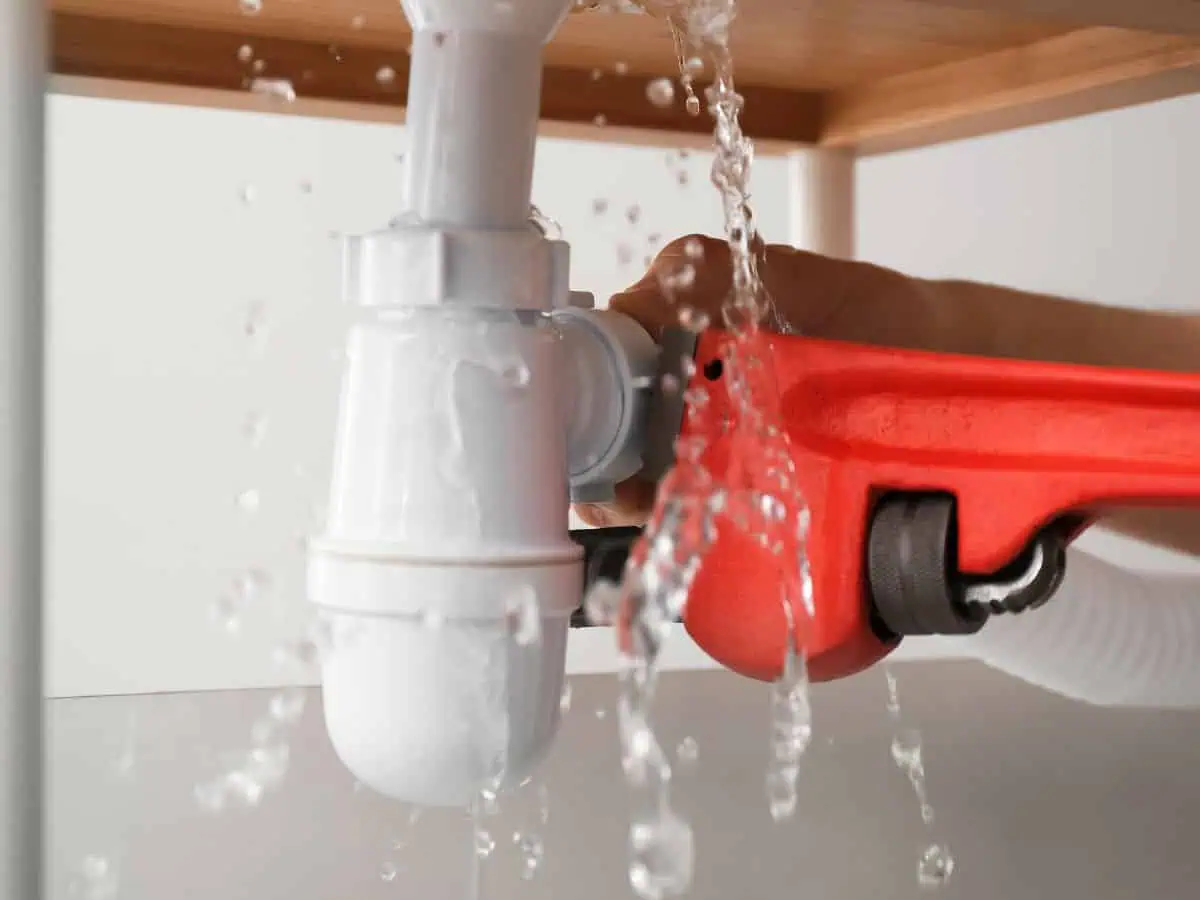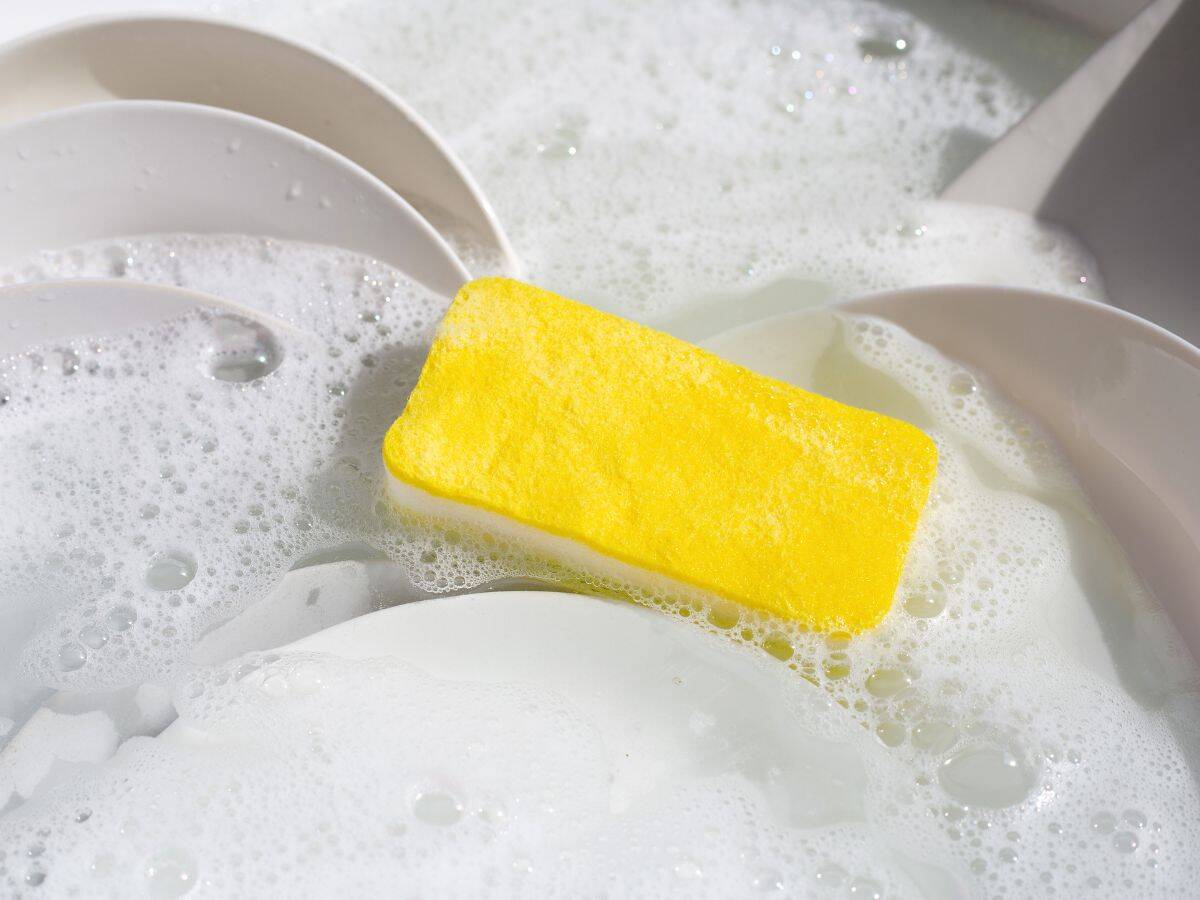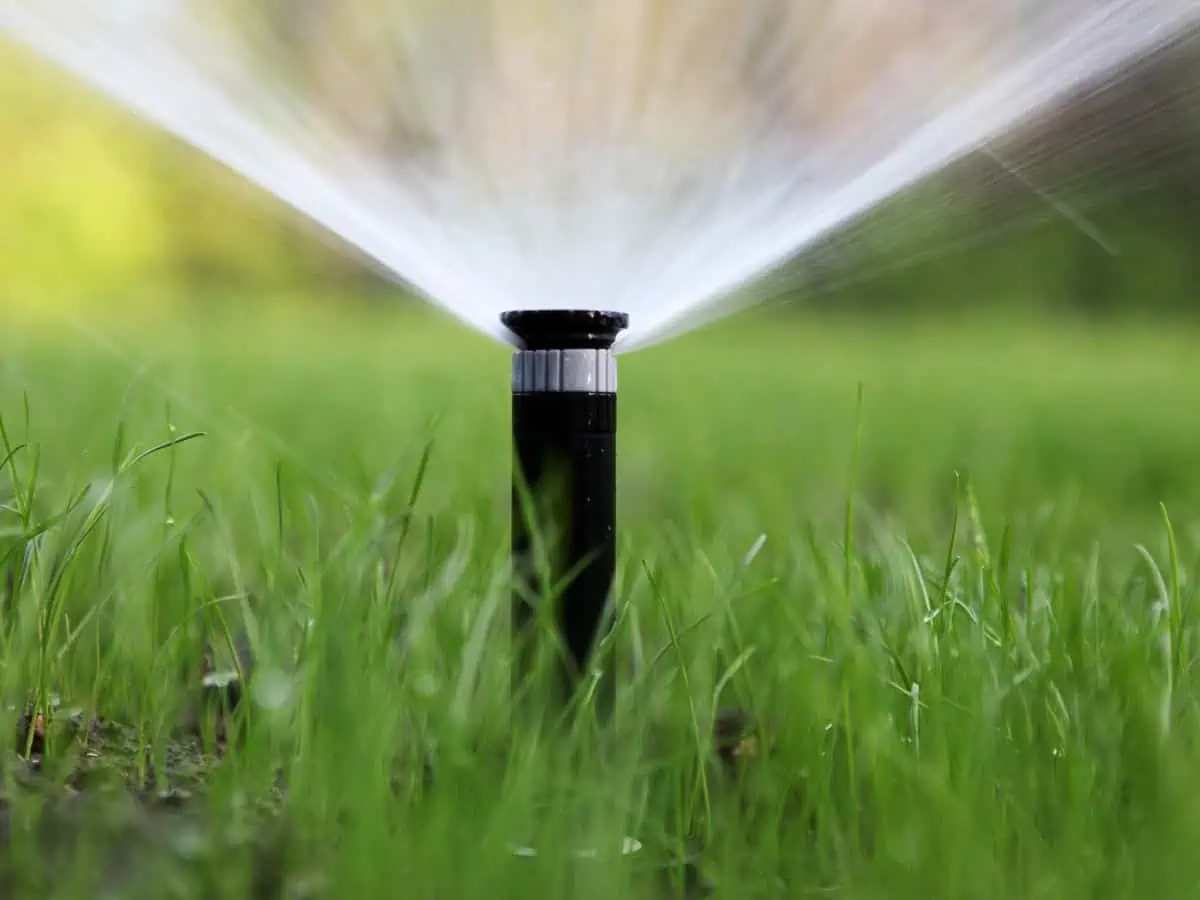Nobody likes the surprise of a high sewer bill. If you’ve ever caught yourself thinking, “How can I bring this cost down?”—you’re not alone. Since sewer charges are based on how much water you use, a few simple changes can make a big difference and help you start saving right away.
Understanding Your Sewer Bill
Before we tackle solutions, let’s clarify how these bills work. Most sewer charges are based on your water usage, calculated as a percentage of your water bill. The more water you use indoors, the higher your sewer costs. This is why fixing leaks and optimizing water use are so important.
If you are a New York City resident, the NYC Water Board calculates rates as follows:
- The sewer rate is set at 159% of the water rate (yes waste water is more expensive than drinking water in NYC).
- As of July 1st, 2024, a 100 cubic feet of water (748 gallons) costs $4.87.
- The combined cost of 100 cubic feet of water and sewer is $12.61.
- The minimum charge for sewer and water in NYC is $1.27 per day, which is a little over $460.00 per year.
- If a property in NYC is billed through the Multi-Family Conservation Program, the annual charge per unit is $1,285.11.
1. Fix Leaks
First things first—take care of any leaks! That dripping kitchen faucet or constantly running toilet might not seem like a big deal, but over time, it adds up fast. In fact, a single leaky toilet can waste up to 200 gallons of water per day. To avoid sending money down the drain, check for leaks in:
- Toilets
- Faucets and shower heads
- Pipes under sinks and near appliances
What is the cost of a running toilet wasting 200 gallons per day? The combined sewer and water charge would be around $3.37 per day, or over $1,200.00 a year. More than the cost of completely replacing your toilet.

2. Optimize Dishwashing Habits
Let’s talk about dish washing. Instead of letting the faucet run while scrubbing, try filling the sink with soapy water and washing dishes in batches. If you use a dishwasher, make sure to wait until it’s fully loaded before running a cycle—that way, you’re maximizing water efficiency with every wash.

3. Install Low-Flow Fixtures
While you’re at it, swap out some fixtures for new water-saving models:
- Dual-flush toilets use less water for liquid waste vs. solids. Smart tech.
- Faucet aerators inject air into the stream—same nice flow, half the water.
- Low-flow shower heads feel the same but cut usage big time.
4. Change Daily Water Habits
Small changes add up. Try these tips:
- Turn off water while brushing your teeth.
- Shorten shower times by just a few minutes. This can save thousands of gallons a year
- Only run full loads of laundry and dishes.
- Chill water in your refrigerator instead of running it from your faucet until it becomes cold.
5. Reduce Outdoor Water Usage
Water used outdoors (for lawns, gardens, or washing cars) often counts toward your sewer bill. To cut costs:
- Water your lawn early in the morning or late in the evening. This may lessen the amount of water you use, and likewise not burn your greenery in the hot sun.
- Use rain barrels to collect water if you have plants to water.
- Choose drought-resistant plants to reduce how much water your yard needs.
- Consider installing a water well if your groundwater table is not too deep. The installation cost may pay for itself over a relatively short period time. A well would be used to water your plants and wash your car, not for drinking.
And contrary to popular belief, it is not more “efficient” to hose driveways and sidewalks rather than grabbing a broom.

6. Consider a Separate Irrigation Meter
If you use a lot of water outdoors—for your garden, pool, or lawn—installing a separate irrigation meter can be a game-changer (make sure such a meter is approved in your jurisdiction). It ensures that water used outside doesn’t get added to your sewer bill, saving you money in the long run.
7. Sewer Bill Adjustments
Some cities offer discounts or adjustments on sewer charges, often based on your winter water usage or the use of an irrigation system. It’s worth checking with your local water authority to see if you’re eligible for lower rates.
8. Work with a Plumbing Pro
For leaks, fixture installations, or assessments, a professional can see issues you might miss. Companies like Balkan Sewer And Water Main offer free consultations to identify inefficiencies and recommend upgrades.
Final Thoughts
Lowering your sewer bill isn’t about cutting back on what you need—it’s about making smarter choices. Simple changes like fixing leaks, using water-efficient fixtures, and tweaking your daily habits can help you save money while also conserving water.






